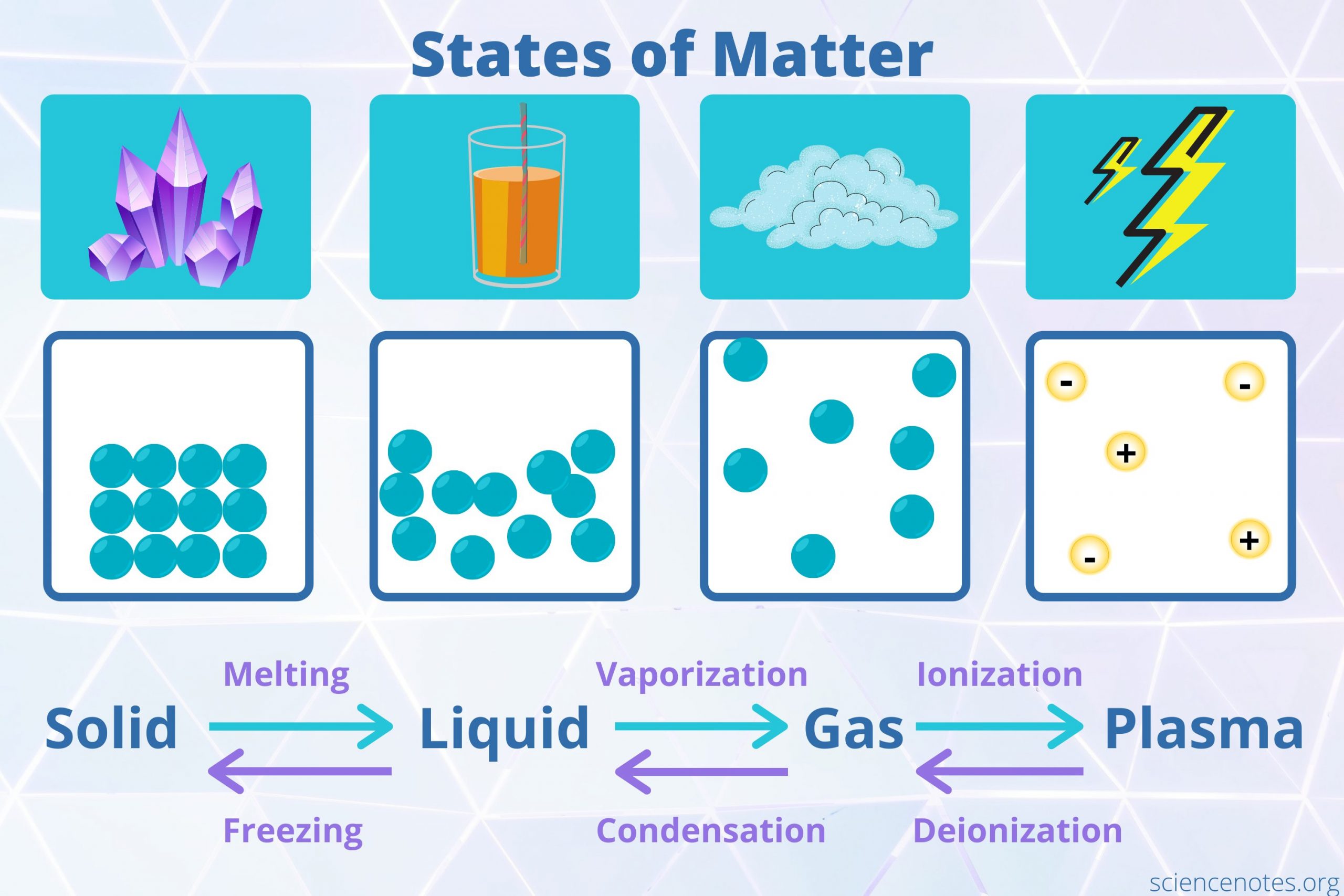When delving into the realm of matter, it is conventional to distill its essence into three primary states: solid, liquid, and gas. Each state exhibits unique characteristics dictated by molecular arrangement and energy levels. However, the existence of materials that do not conform strictly to these dimensions prompts an intriguing investigation—what, precisely, is a semi-solid? This exploration not only addresses a common observation but also hints at the complexities and nuances within the fascinating world of materials.
To commence this discussion, it is imperative to delineate the core characteristics of the classical states of matter. Solids possess a definite shape and volume, attributable to tightly packed particles that vibrate but do not migrate substantially from their fixed positions. Liquids, conversely, exhibit a definite volume but assume the shape of their container. In this state, molecular cohesion allows for flow but maintains enough interaction to resist compression. Gases diversify further, characterized by molecules that are sufficiently energetic to break free from one another, leading to an indefinite shape and volume, expanding to fill any available space.
Emerging from this triad, semi-solids posits a compelling interrogation of physical states. Semi-solids, such as gels, pastes, and colloids illustrate a fascinating hybridization between solid and liquid properties. They possess a definitive shape to an extent, much like solids, yet exhibit flow characteristics reminiscent of liquids. The phenomenon is often observed in everyday applications, with avocado and toothpaste providing tangible examples. These materials behave distinctly under varying forces; gentle manipulation may allow for ease of spreading or molding, while excessive force may cause them to respond more like solids.
The perplexing nature of semi-solids resides in their molecular structure. Semi-solids can be described primarily through the concept of a ‘network structure’—a lattice framework formed by a combination of solid-like particles and liquid-like interactions. In essence, the semi-solid state can be an outcome of a liquid phase that is interspersed with solid particles, or it may be the result of a solid matrix that is saturated with a liquid phase. This duality embodies the intricate balance of intermolecular forces—van der Waals forces, hydrogen bonding, and ionic interactions play significant roles in establishing the rheological properties that confer semi-solids their unique behavior.
Moreover, the study of semi-solids is not solely confined to chemistry. The ramifications extend to fields such as biology and material science. In biological systems, for instance, many cellular structures can be classified as semi-solid. Cytoplasm, the viscous fluid contained within cells, serves as an exemplar of a semi-solid state where organelles are suspended and transported. This hybrid state facilitates numerous biochemical reactions and cellular processes the complexity of which underscores the significance of semi-solids in sustaining life.
In material science, semi-solids can be engineered for specific applications, revealing their utility in technology and manufacturing. The principles underlying semi-solids are harnessed in creating food products such as mayonnaise—a colloidal suspension—and pharmaceutical gels designed for precisely controlled drug delivery. Investigating the properties of these materials can lead to innovations in formulations that respond dynamically to external stimuli, facilitating advances in various industries.
As one navigates deeper into the discussion of semi-solids, it becomes pertinent to consider their distinctive behaviors under stress. Utilizing rheological assessments provides a window into the shear-thinning or shear-thickening properties that many semi-solids exhibit. These phenomena describe how, under varying shear rates, the viscosity of the semi-solid can alter dramatically. For example, during gentle mixing, the material may flow easily, yet when extreme pressure is applied, the structure may resist flow, behaving more like a solid. Such responses evoke consideration of the molecular interactions that govern these transitions, a subject that amalgamates both theoretical and applied perspectives.
In conclusion, the existence of semi-solids compels a reevaluation of the conventional understanding of matter. Rather than existing as mere footnotes in discussions of solid, liquid, and gas, they unravel a spectrum of states that further enrich our comprehension of material properties and behaviors. As the boundaries of traditional states of matter blur through semi-solids, compelling questions arise regarding the nature of materials, the conditions that foster such states, and the potential applications that can harness their unique characteristics for innovative use. Ultimately, this exploration serves not merely scientific adjudication, but an invitation to deeper inquiry about the subtleties and complexities that reside within the very fabric of matter itself.












